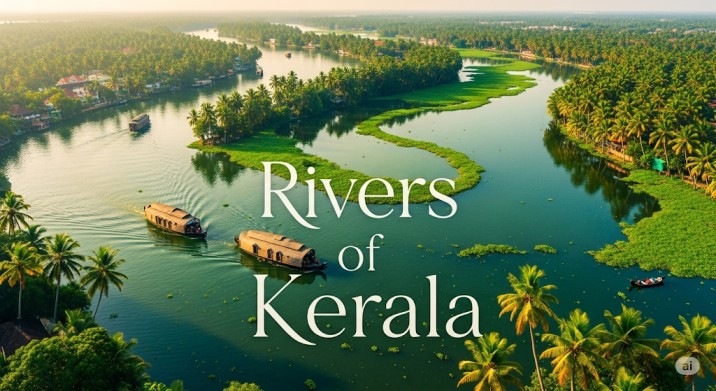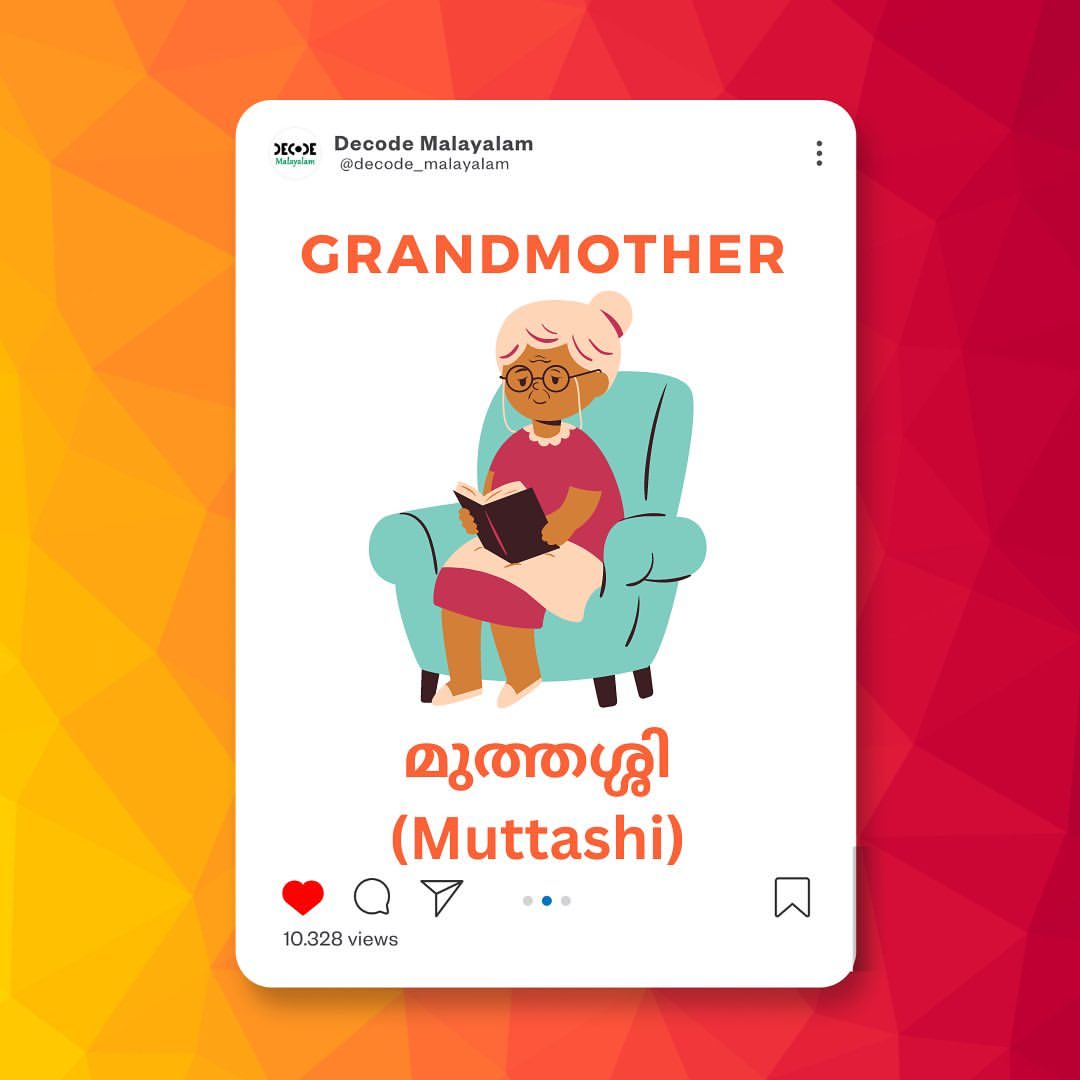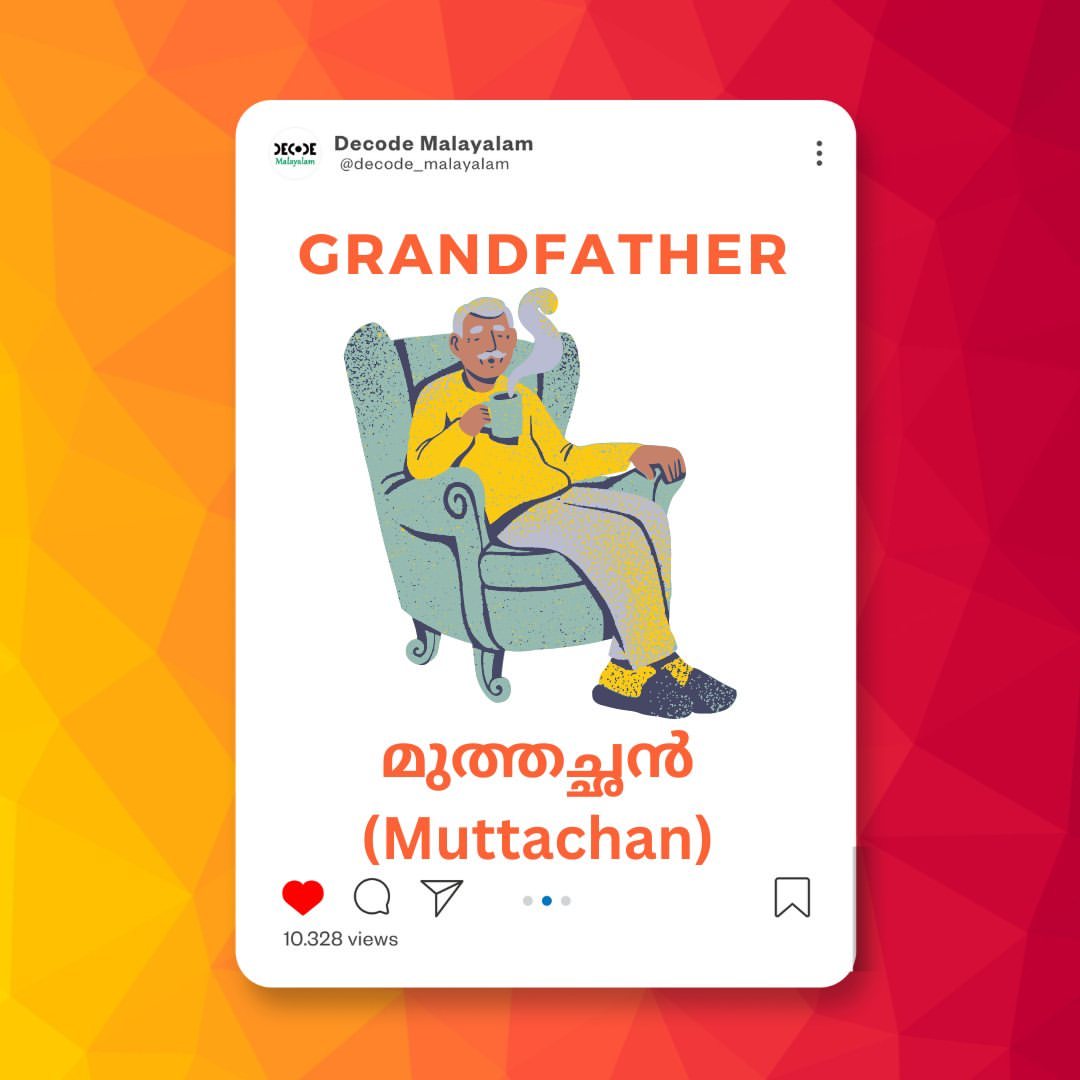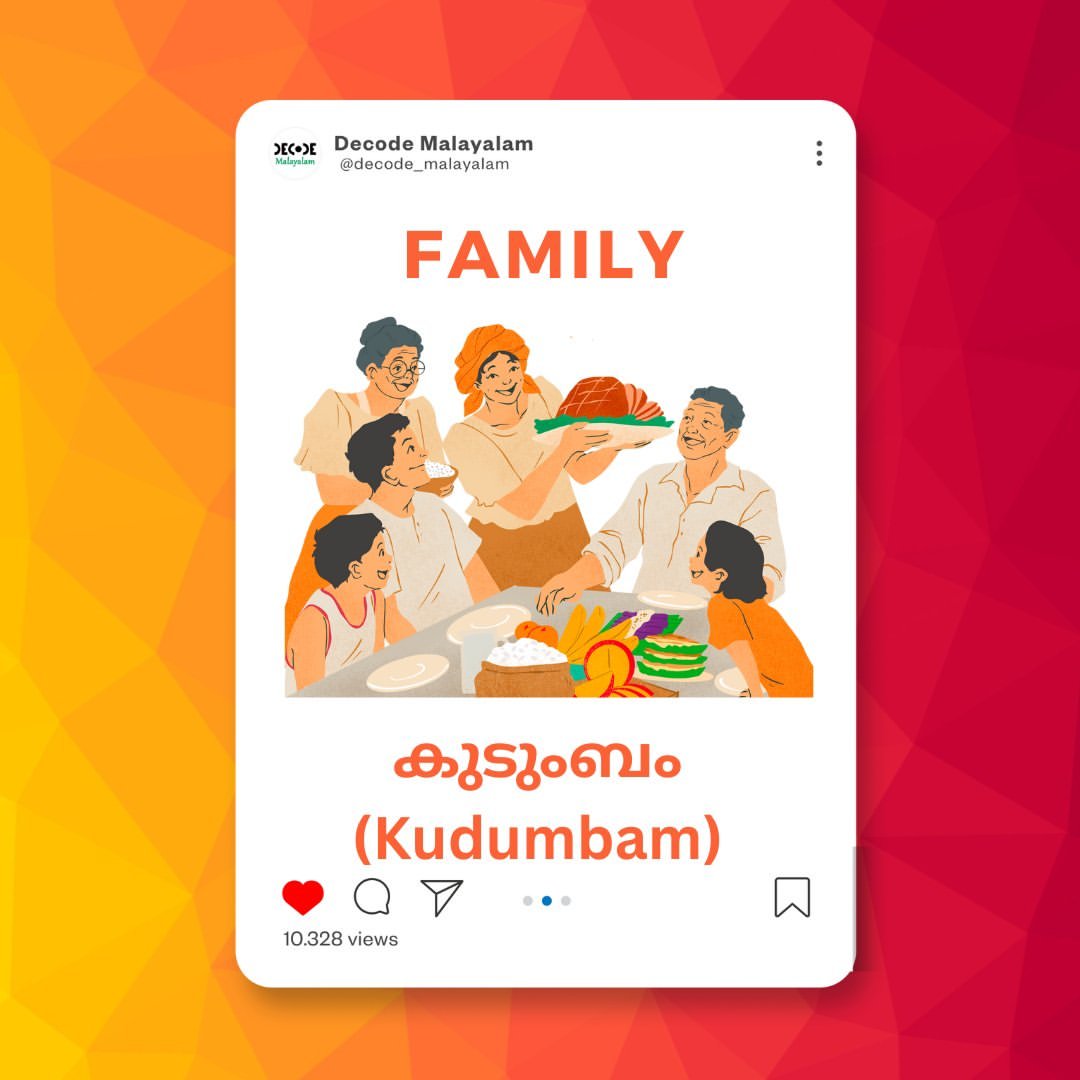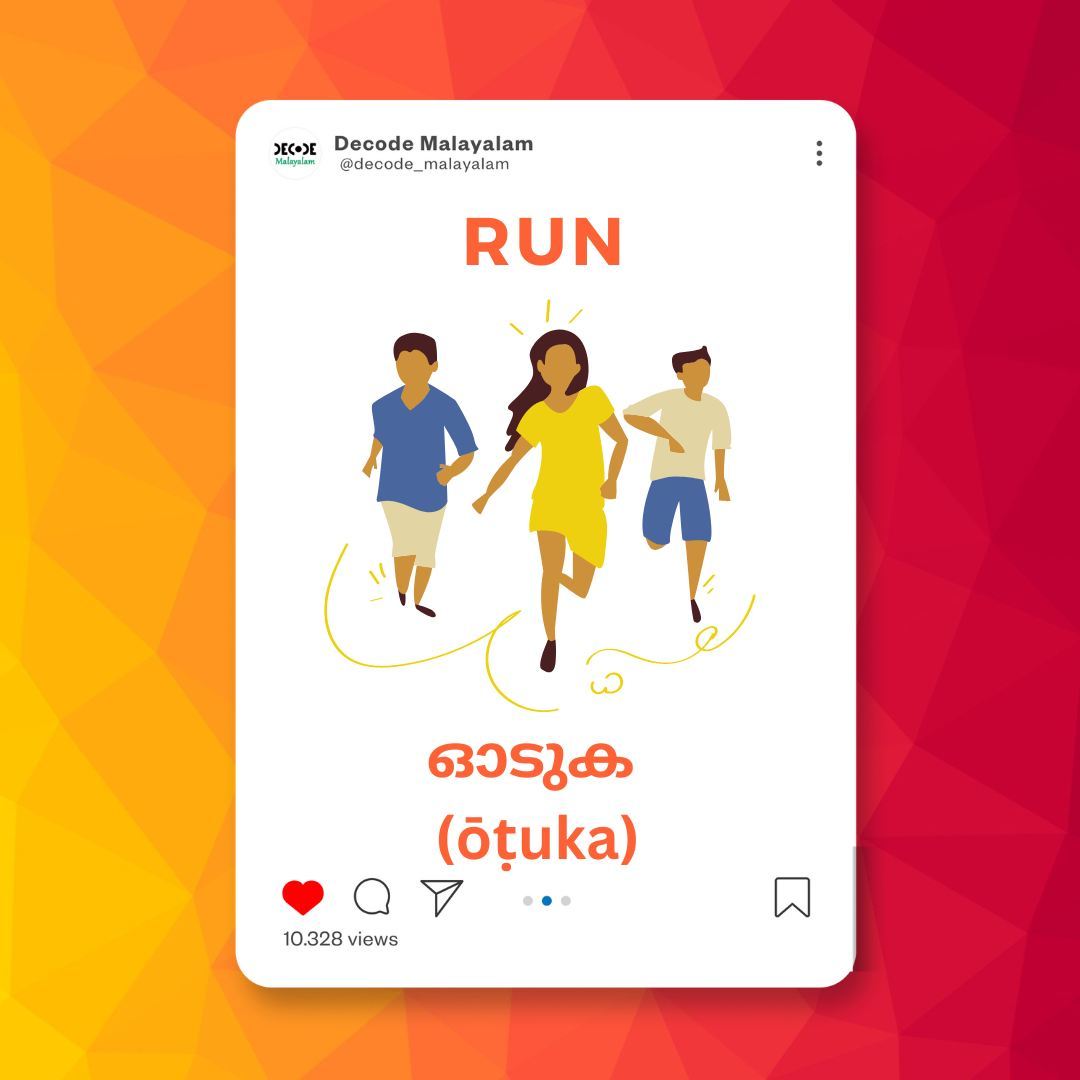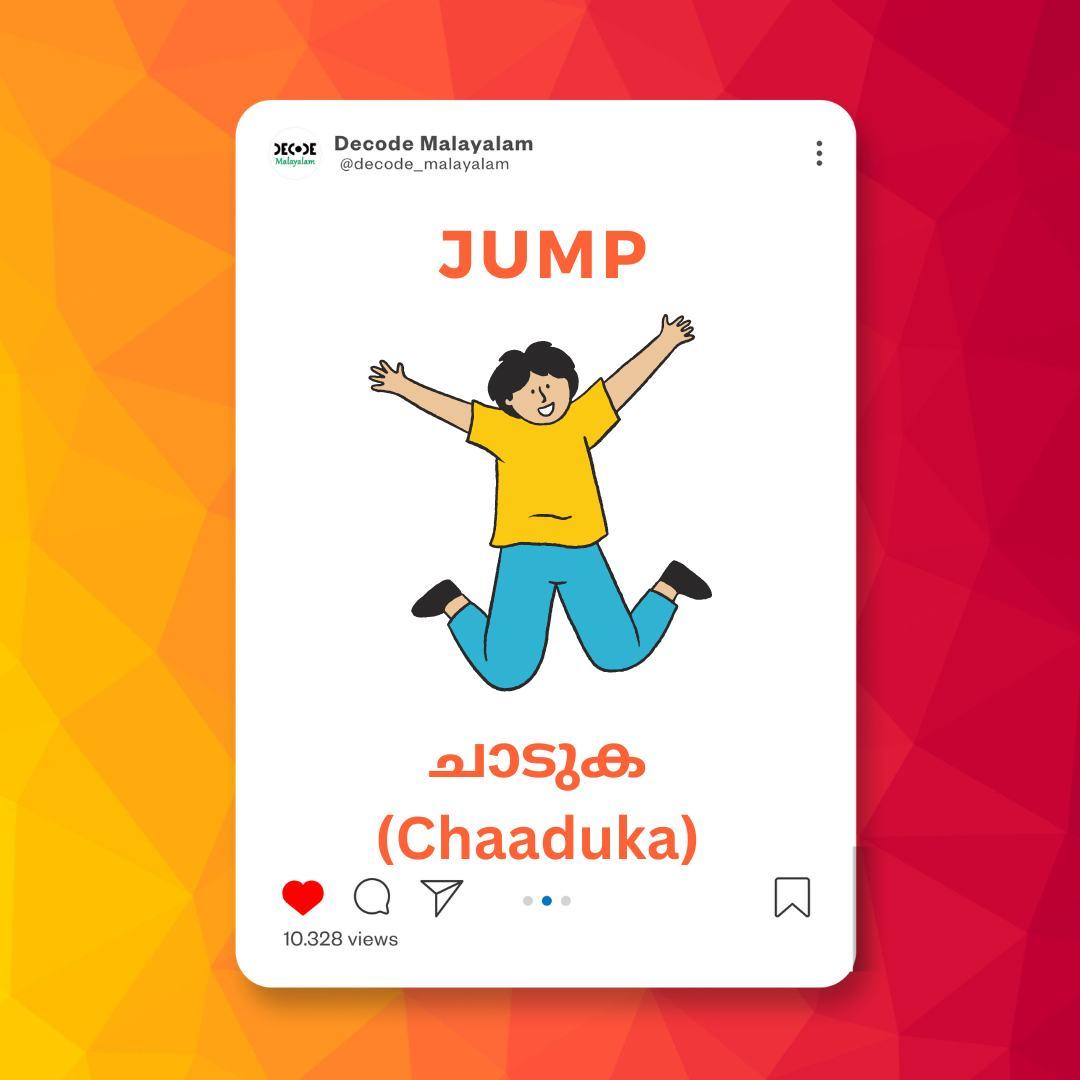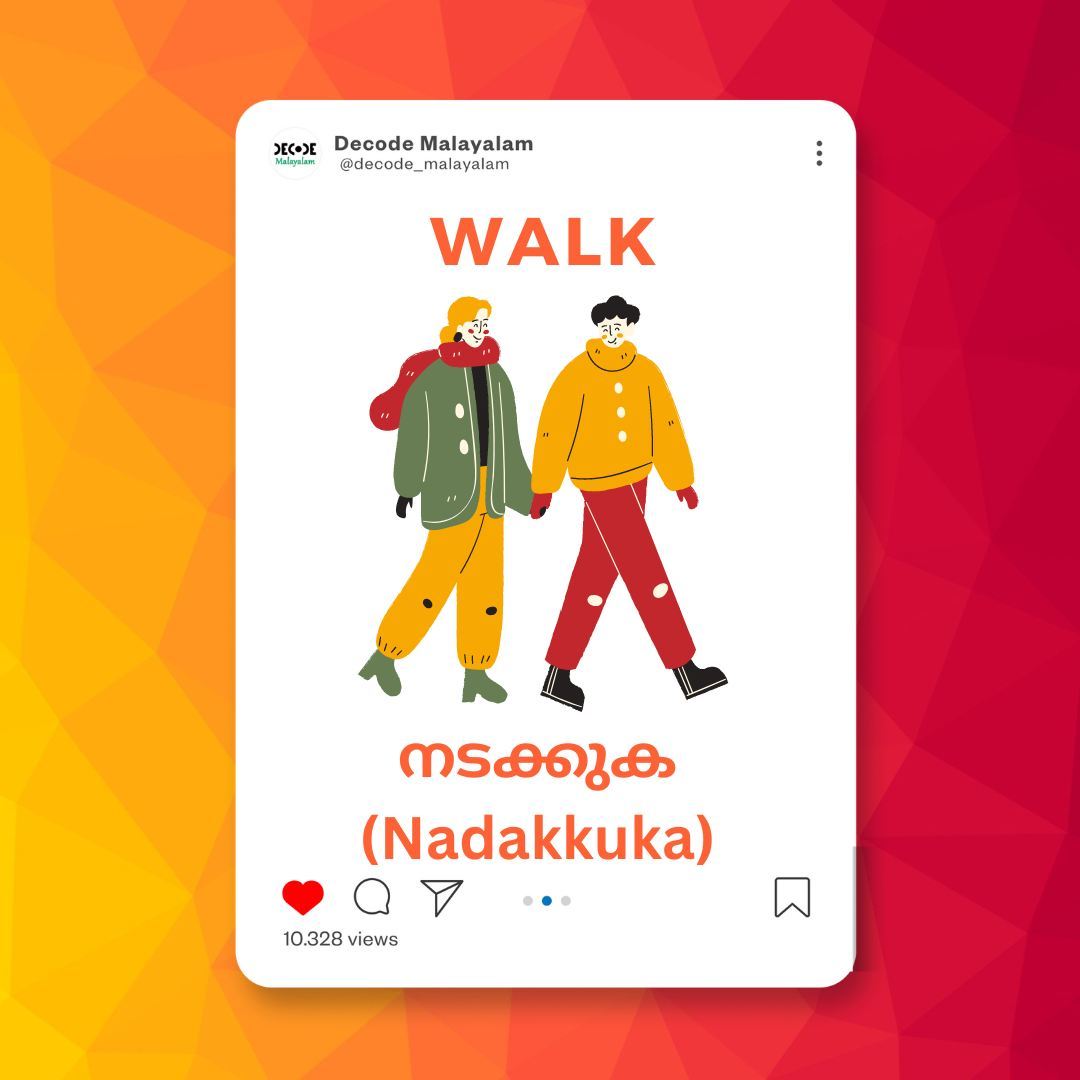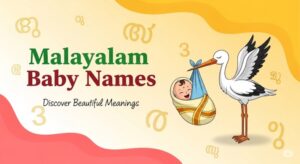Navigating Nature’s Highways, One Malayalam River Name at a Time
Kerala, often lovingly called “God’s Own Country,” is a land blessed with an abundance of natural beauty, and at the heart of this beauty are its numerous rivers. These rivers aren’t just bodies of water; they are lifelines, shaping the landscape, supporting agriculture, influencing culture, and providing stunning backwater experiences. For students and kids learning Malayalam from abroad, understanding the vocabulary related to “river in Malayalam” is not just about expanding your language skills; it’s about connecting with the very pulse of Kerala, appreciating its natural heritage, and perhaps even naming the famous rivers you see on maps or in pictures during your next visit!
This comprehensive guide will take you on a scenic journey through the rivers of Kerala, introducing you to a wide array of “river names in Malayalam,” along with general terms related to rivers and water bodies. We’ll explore the significance of these rivers and make sure you’re well-equipped to talk about this vital aspect of Kerala’s geography and culture. Let’s dive into the flow of Malayalam words!
Why Learn River Vocabulary in Malayalam?
Learning about rivers in any language is a fantastic way to engage with the natural environment and local geography. For young learners and students, it offers several benefits:
- Cultural Connection: Rivers play a significant role in Kerala’s history, economy, and culture, influencing everything from traditional boat races to festivals.
- Geographical Understanding: Knowing river names helps you understand the map of Kerala and how different regions are connected.
- Environmental Awareness: Learning about natural features fosters appreciation for the environment.
- Enhanced Descriptions: You can describe landscapes, talks about natural beauty, or discuss the importance of water.
- Building Foundational Vocabulary: Terms related to water and rivers are fundamental and frequently used, making them a crucial part of everyday conversation, especially in a water-rich state like Kerala.
The Basics: General Terms for Rivers and Water
Let’s start with some fundamental terms related to rivers and water bodies.
- River (നദി – nadi / പുഴ – puzha): Both “nadi” and “puzha” are commonly used for river. “Puzha” is often used for smaller rivers or streams as well.
- Water (വെള്ളം – vellam): The essential liquid.
- Flow (ഒഴുക്ക് – ozhukk): The movement of water.
- To flow (ഒഴുകുക – ozhukuka): The verb “to flow.”
- Bank (തീരം – theeram): The land alongside a river.
- Bridge (പാലം – paalam): A structure built over a river.
- Source (ഉത്ഭവം – uthbhavam): Where a river begins.
- Mouth (മുഖം – mukham / അഴിമുഖം – azhimukham): Where a river meets a larger body of water (sea or lake).
- Dam (അണക്കെട്ട് – anakkatta): A barrier built across a river to hold back water.
- Lake (കായൽ – kaayal / തടാകം – thadaakam): A large body of still water. “Kaayal” specifically refers to lagoons or backwaters in Kerala.
- Sea/Ocean (കടൽ – kadal): The large body of saltwater.
- Backwaters (കായലുകൾ – kaayalukal): The unique network of interconnected lakes, canals, and rivers in Kerala.
- Stream/Brook (ചോല – chola / തോട് – thodu): A small, narrow river.
- Waterfall (വെള്ളച്ചാട്ടം – vellachaattam): Water flowing over a cliff.
Major River Names in Malayalam: The Lifelines of Kerala!
Kerala is home to 44 rivers, 41 flowing west to the Arabian Sea and 3 flowing east. Here are some of the most famous and important “river names in Malayalam”:
- Periyar (പെരിയാർ – Periyar):
- The longest river in Kerala.
- Often called the “Lifeline of Kerala” due to its importance for drinking water, irrigation, and power generation.
- Many famous dams like Mullaperiyar and Idukki are built on this river.
- Bharathapuzha (ഭാരതപ്പുഴ – Bharathapuzha):
- The second-longest river in Kerala.
- Also known as Nila.
- Culturally very significant, often referred to as the “Cultural River of Kerala” because its banks have nurtured many artists, writers, and cultural movements.
- Pamba (പമ്പ – Pamba):
- The third-longest river in Kerala.
- Known as the “Dakshina Ganga” (Ganges of the South).
- Highly sacred, especially for pilgrims visiting the Sabarimala Ayyappan Temple, as devotees take a dip in this river.
- Chaliyar (ചാലിയാർ – Chaliyar):
- The fourth-longest river in Kerala.
- Flows through Malappuram and Kozhikode districts.
- Historically important for timber transport.
- Kadalundipuzha (കടലുണ്ടിപ്പുഴ – Kadalundippuzha):
- Flows through Malappuram and Kozhikode.
- Known for the Kadalundi Bird Sanctuary at its estuary.
- Valapattanam Puzha (വളപട്ടണം പുഴ – Valapattanam Puzha):
- The longest river in the Kannur district.
- Historically significant for trade and transport.
- Kuppam Puzha (കുപ്പം പുഴ – Kuppam Puzha):
- Flows through Kannur district.
- Mahi River (മാഹി പുഴ – Maahi Puzha):
- A smaller river, culturally important as it flows through Mahe, a former French enclave.
- Kallada River (കല്ലടയാർ – Kalladayar):
- Flows through Kollam district.
- The Paravur Lake and Ashtamudi Lake are fed by this river.
- Achenkovil River (അച്ചൻകോവിലാറ് – Achenkovilaar):
- Flows through Pathanamthitta and Alappuzha.
- Known for its pristine natural beauty.
- Manimala River (മണിമലയാർ – Manimalayaar):
- Flows through Kottayam and Alappuzha.
- A tributary of the Pamba river system.
- Meenachil River (മീനച്ചിലാർ – Meenachilaar):
- Flows through Kottayam district.
- Forms part of the Vembanad Lake backwater system.
- Muvattupuzha River (മൂവാറ്റുപുഴയാർ – Moovattupuzhayar):
- Formed by the confluence of three rivers.
- Flows through Ernakulam district.
- Chalakkudy Puzha (ചാലക്കുടിപ്പുഴ – Chalakkudipuzha):
- Known for its biodiversity and for the Athirappilly Waterfalls.
- One of the most ecologically sensitive rivers in Kerala.
- Kuzhippilli River (കുഴിപ്പള്ളി പുഴ – Kuzhippalli Puzha):
- A relatively smaller river in Thrissur district.
- Karuvannur Puzha (കരുവന്നൂർ പുഴ – Karuvannoor Puzha):
- Flows through Thrissur district.
- Kavanar (കാവനാർ – Kavanar):
- A river in Idukki district.
Describing Rivers: Features and Qualities
Once you know the names of rivers, you’ll want to describe them!
Features and Qualities (സവിശേഷതകളും ഗുണങ്ങളും – savisheshathakalum guNangalum)
- Long (നീണ്ട – neenda): Referring to length.
- Short (ചെറിയ – cheriya): Referring to length.
- Deep (ആഴമുള്ള – aazhamulla): Refers to depth.
- Shallow (ആഴം കുറഞ്ഞ – aazham kuranja): Not deep.
- Clean (ശുദ്ധമായ – shuddhamaaya / വൃത്തിയുള്ള – vrithiyulla): Pure, not polluted.
- Polluted (മലിനമായ – malinamaaya): Dirty, contaminated.
- Fast Flowing (വേഗത്തിൽ ഒഴുകുന്ന – vegathil ozhukunna): Water moving quickly.
- Slow Flowing (വേഗത കുറഞ്ഞ – vegatha kuranja): Water moving slowly.
- Wide (വീതിയുള്ള – veethiyulla): Broad.
- Narrow (വീതി കുറഞ്ഞ – veethi kuranja): Not wide.
- Sacred (പുണ്യമായ – puNyamaya): Holy.
- Freshwater (ശുദ്ധജലം – shuddhajaalam): Non-saline water.
- Saltwater (ഉപ്പുവെള്ളം – uppuvellam): Saline water.
Example: പെരിയാർ കേരളത്തിലെ ഏറ്റവും നീണ്ട നദിയാണ്. (Periyar Keralathile ettavum neenda nadiyanna.) – Periyar is the longest river in Kerala.
Useful Phrases for Talking About Rivers
Here are some phrases that will come in handy when discussing rivers and water bodies:
- This is a big river. (ഇതൊരു വലിയ നദിയാണ് – ithoru valiya nadiyanu)
- The river flows. (നദി ഒഴുകുന്നു – nadi ozhukunnu)
- Is the water clean? (വെള്ളം ശുദ്ധമാണോ? – vellam shuddhamaaNo?)
- We crossed the bridge. (ഞങ്ങൾ പാലം കടന്നു – njangal paalam kadannu)
- Where does this river start? (ഈ നദി എവിടെ നിന്ന് ആരംഭിക്കുന്നു? – ee nadi evide ninnu aarambhikkunnu?)
- Let’s go for a boat ride in the backwaters. (നമുക്ക് കായലിൽ ബോട്ട് യാത്രയ്ക്ക് പോകാം – namukku kaayalil boat yaathrakku pokaam)
- Pamba river is sacred. (പമ്പാനദി പുണ്യമാണ് – pambaanadi puNyamana)
- Kerala has many rivers. (കേരളത്തിൽ ധാരാളം നദികളുണ്ട് – Keralathil dhaaraalam nadikalundu)
- The river bank is beautiful. (നദീതീരം മനോഹരമാണ് – naditheeram manoharamaanu)
- There is a waterfall here. (ഇവിടെ ഒരു വെള്ളച്ചാട്ടം ഉണ്ട് – ivide oru vellachaattam undu)
- The water level is high. (വെള്ളത്തിന്റെ നിരപ്പ് കൂടുതലാണ് – vellathinte nirappu kooduthalaanu)
- Do you know the name of this river? (ഈ നദിയുടെ പേര് അറിയാമോ? – ee nadiyude peru ariyaamo?)
Engaging Activities for Young Learners
Making learning fun and interactive is the best way for kids to grasp new vocabulary. Here are some activities for “river in Malayalam”:
- Map Exploration: Get a map of Kerala. Point out the major rivers and say their names in Malayalam. Trace their paths with a finger.
- “River Story” Creation: Encourage kids to create a short story about a river in Kerala, incorporating the Malayalam words they’ve learned.
- Drawing Rivers and Labeling: Draw a landscape with a river, a bridge, and maybe a boat. Label these elements with their Malayalam names.
- Flashcards with Pictures: Create flashcards with images of rivers, bridges, boats, etc., on one side and their Malayalam names on the other. Include names of specific Kerala rivers if possible.
- Nature Walk (if applicable): If you are near a stream or river, go for a walk and use the Malayalam words to describe what you see (e.g., “വെള്ളം ഒഴുകുന്നു” – vellam ozhukunnu – “the water is flowing”).
- Watch Documentaries/Videos: Watch short educational videos about the rivers and backwaters of Kerala and try to identify the Malayalam terms.
- Singing Songs about Nature: Look for Malayalam children’s songs or folk songs that mention rivers, water, or boats.
- “What Floats?” Experiment: Do a simple science experiment with water and various objects. Use Malayalam words to describe “വെള്ളം” (vellam – water) and “ഒഴുകുന്നു” (ozhukunnu – floats/flows).
Conclusion
Embarking on the journey to learn about “river in Malayalam” is a truly enriching experience that connects you deeply with the natural soul of Kerala. By mastering these “river names in Malayalam” and related vocabulary, you’re not just expanding your linguistic skills; you’re gaining a profound appreciation for the landscapes, culture, and life-giving waterways of God’s Own Country. Keep exploring, keep flowing with new words, and keep decoding Malayalam to truly understand its beautiful depths!

